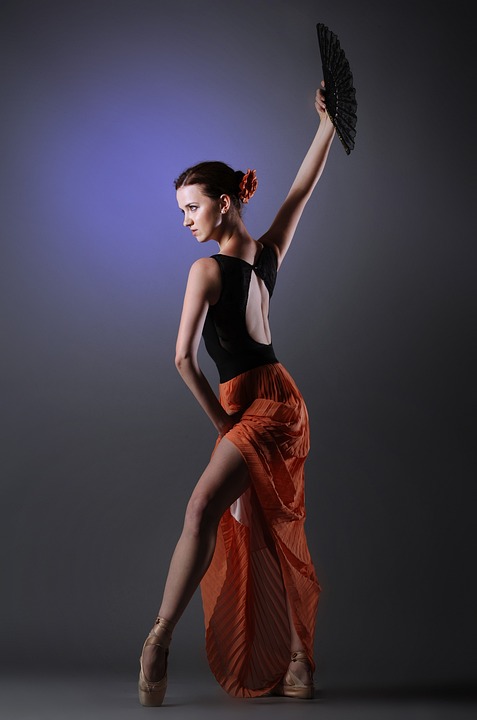The Evolution of Dance: From Classic to Contemporary
Dance is a form of expression that has captivated audiences for centuries. From its early roots in ancient civilizations to the present day, dance has evolved and adapted to reflect the changing times and tastes of society. The transformation from classic to contemporary dance has been a fascinating journey that beautifully showcases the evolution of this art form.
Classic dance, also known as classical ballet, emerged during the Renaissance period in Europe. It was heavily influenced by court dances of the time and was initially reserved for nobility and royalty. This form of dance exhibited grace, elegance, and strict adherence to technique. Ballets like “Swan Lake” and “The Nutcracker” became iconic examples of classical dance, characterized by complex footwork, precise movements, and elaborate costumes and scenery.
As the world moved into the 20th century, a shift in dance began to take place. This change was partly influenced by the socio-political climate and the desire to break free from traditional norms. The pioneers of contemporary dance sought to explore new ways of moving, challenging the established conventions of classical ballet.
One of the most influential figures in the evolution of dance was Martha Graham. She developed a new approach that focused on expressing emotions and inner struggles through movement. Graham’s technique utilized contractions, spirals, and weighted movements to convey deep emotions, breaking away from the supreme control and lightness of classical ballet.
The 1950s and 1960s marked a significant turning point in contemporary dance. Modern dance pioneers, such as Merce Cunningham and Paul Taylor, rejected traditional narratives and focused on abstract movements and experimentation. The idea of dance as a pure physical expression without a specific narrative or story became more prevalent during this period.
Contemporary dance took a bold leap forward in the 1980s with the emergence of post-modern dance. Choreographers like Pina Bausch and Trisha Brown brought an interdisciplinary approach to dance, collaborating with visual artists, musicians, and even circus performers. This era saw dance become more interactive, incorporating multimedia elements and blurring the boundaries between art forms.
With the advent of technology and globalization, contemporary dance has continued to evolve. Dancers now have access to a variety of training techniques and styles from around the world, allowing for a fusion of movement vocabulary. Contemporary dance today can incorporate elements of classical ballet, modern dance, jazz, hip-hop, and more.
The evolution of dance from classic to contemporary has opened up new possibilities for expression. Dancers are no longer confined to rigid techniques but can explore their creativity freely. The movement vocabulary has expanded, incorporating a wider range of dynamics, floor work, improvisation, and partnering.
Contemporary dance has also become more inclusive, embracing diversity in body types, cultures, and identities. Performances now touch upon social and political issues, conveying powerful messages to audiences. Dance has evolved into a vehicle for activism and self-expression, creating a deeper connection between performers and spectators.
As we look to the future, it is clear that the evolution of dance will continue. It will adapt and transform as society changes and new artists emerge with fresh perspectives. The beauty of dance lies in its ability to reflect the human experience and transcend boundaries. From classic to contemporary, dance remains a timeless and captivating art form that will continue to captivate audiences for generations to come.

